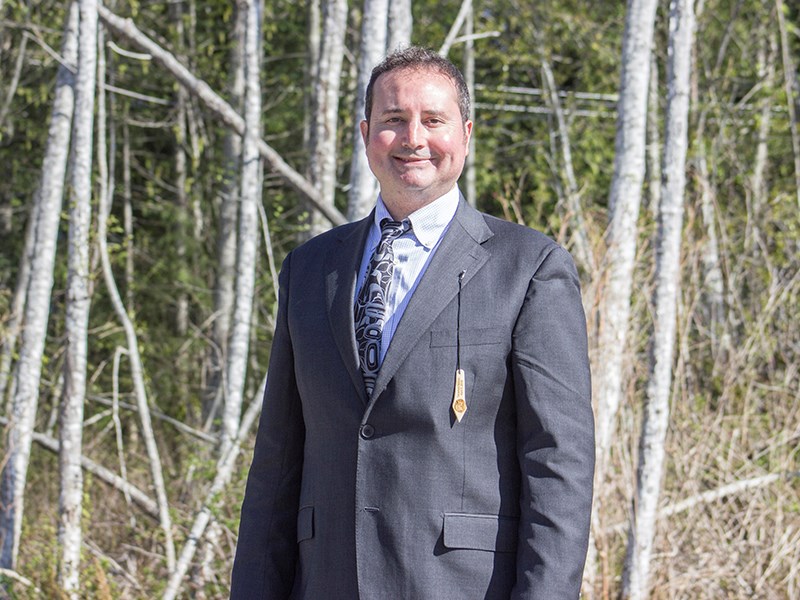As a government, the new Tla’amin Nation must generate revenue to function. Business will now be conducted under Tla’amin Holdings Incorporated, a complex, two-tiered organizational structure that will manage assets in land, resources and tourism.
According to Kelly Rankin, chief executive officer of Tla’amin Management Services Limited Partnership, the total value of those assets is about $75 million.
“That could be in the ballpark,” said Rankin.
Businesses of Tla’amin Nation are transitioning to seven limited partnerships, adapted from the Harvard Project on American Indian Economic Development, a model implemented by the Ucluelet and Huu-ay-aht first nations.
According to Rankin, the new Tla’amin Holdings is a major structural change from a development corporation, under which the nation’s assets were previously managed.
“Development corporations were an Indian Act structure for a lot of first nations,” he said. “Now we have limited partnerships and other businesses.”
Limited partnerships are often chosen for raising money for certain kinds of business ventures. The generation of revenue from these partnerships is one of the most important components of self-government.
“We have to generate revenue to fund the self-government,” said Rankin. “The government needs revenue to function on.”
According to Rankin, new businesses are added almost daily as the restructuring continues.
Tla’amin businesses currently include: Tla’amin Capital Assets, which manages the nation’s land and leases; Thichum Forest Projects, including Tla’amin Timber Products and Goat Lake Forest Products; Pa’aje Silviculture Inc., which handles growing and cultivation of trees; PRSC Land Development, a partnership with City of Powell River; Freda Creek Community Hydro project, a partnership between Tla’amin Energy and City of Powell River; Tla’amin Management Services; and Tla’amin Resorts and Accommodations, including the Historic Lund Hotel and Lund Pacific Tours.
Rankin, who is non-aboriginal, worked in finance and commercial real-estate investment and has experience in aquaculture and property management. He has been working on the draft structure for about a year.
Tla’amin Nation now owns 8,322 hectares of land, which is just over one third the size of Texada Island. Administration of residential leases includes 206 occupied lots, said Rankin, and other unoccupied lots that will be sold on a 99-year basis.
“Tla’amin Capital Assets Corporation, a limited partnership, is going to be holding the capital assets,” said Rankin. “Those are the land leased on Klahanie Drive and the area of Highway 101 we call the Southview leases; they are 99-year, prepaid residential leases.”
Rankin said the total value of land assets and leases changes every day, so it is hard to quantify.
In all, Tla’amin owns a total of 16 locations comprised of former reserve lands and provincial Crown land, from Stillwater to part of Texada, north along the Malaspina and Gifford peninsulas to the south of Homfray Channel, part of Cortes Island, all of Hernando and Harwood islands, as well as Powell, Goat and Haslam lakes.
In legal terminology, these lands are fee simple, meaning absolute ownership and use, and free of any other claims against title. Some of that property is within Powell River, including the Cranberry Lake area and parcels in Westview and on Wharf Street.
“I know they’re currently looking at what their opportunities are on those properties,” said Scott Randolph, City of Powell River manager of economic development. “Not focusing on specific properties, I think there’s opportunities for the benefit of both of our endeavours.”



